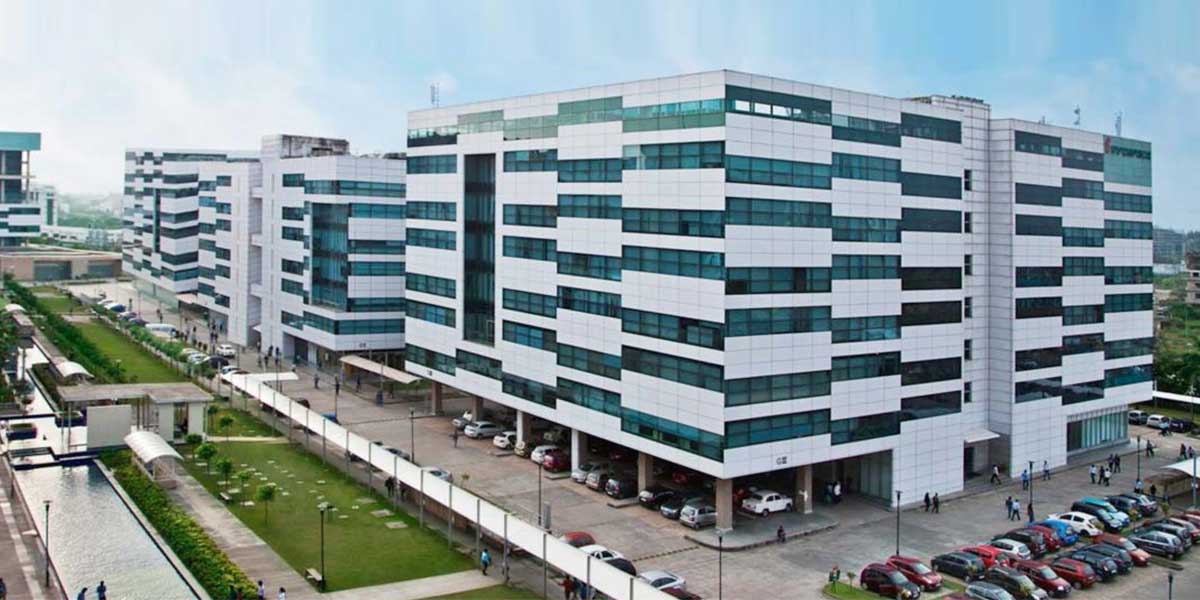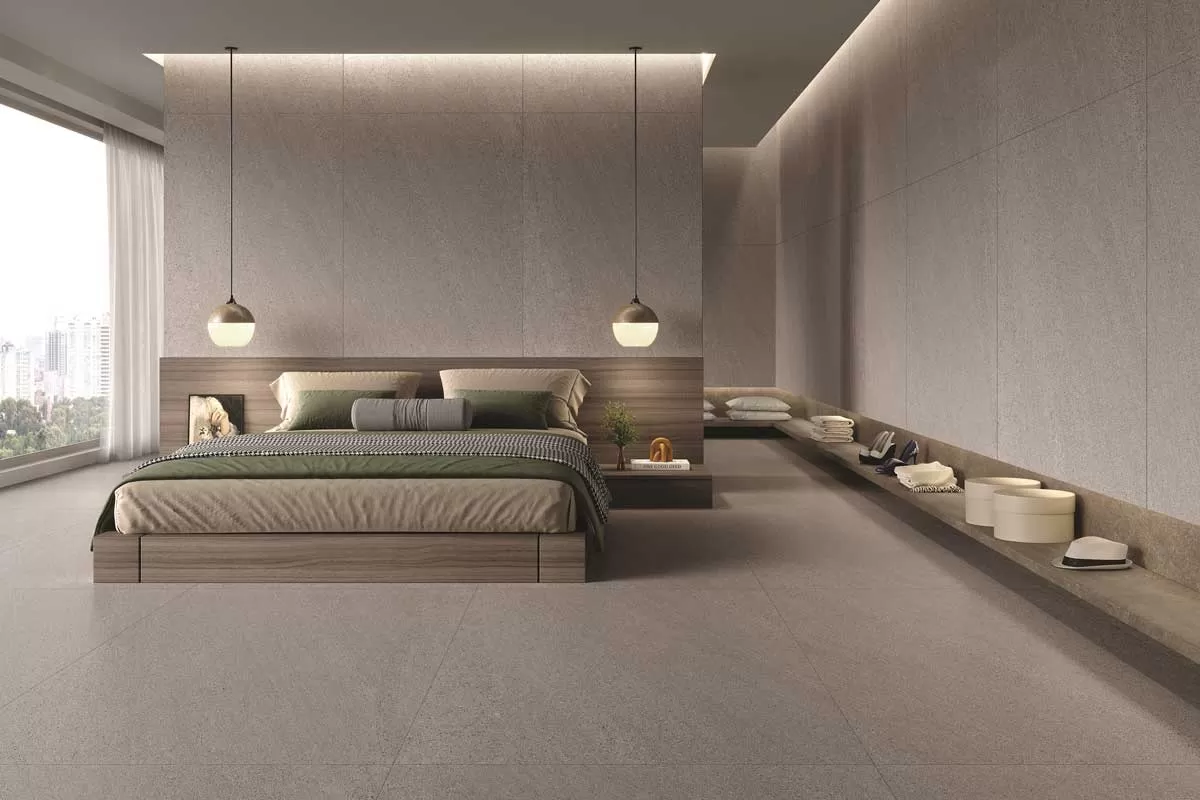Whether it is real estate or infrastructure, waterproofing has been increasingly gaining importance. RERA guidelines in real estate necessitate long-term durability owing to the enhanced defect liability period. Infrastructure projects, including underground metro stations, road and rail tunnels, RCC reservoirs and bridge decks, are being designed for a typical design life exceeding 75 years; hence, waterproofing has become critical at the design, specification and execution stages.
“A greater awareness among users, buyers and project owners towards various durability aspects has increased the focus on correct product selection and proper application processes to ensure effective waterproofing,” says Mehul Parikh, Managing Director, Nina Percept.“It may be worthwhile for project owners to evaluate the system selection based on cost of ownership per year of the expected service life rather than just the initial cost comparison of various options.” He elaborates that a high-performance waterproofing system costing Rs 1,500 per sqm with a design life of 25 years would cost Rs 60 per year pe rsq m, whereas a cheaper system initially costing Rs 1,000 per sqm but with a design life of 10 years would cost Rs 100 per sqm per year.“Thus, the high-performance system might effectively come at a lower cost with long-term durability.”
Today, there are a lot of leakages in old buildings and there is a growing awareness on how these can be made completely waterproof. “Initially, we used to go with a conventional method but, today, there are good methodologies in terms of membrane, chemical and crystalline solutions,” says Mahesh Mudda, Managing Director & CEO, NCCCL India. Nowadays, external walls are made of concrete, in which additives –waterproofing agents and an absolutely integral part of the construction –are added.
Point of involvement
Waterproofing contracts may be awarded directly by the builder or project owner or a nominated subcontractor through the main civil contractor; at times, they may also fall within the scope of the main civil contractor.
“We try to get involved right from the design stage,” says Parikh. “Along with the dedicated specification team of technical experts from the Large Users business division of our parent Pidilite, we work closely with architects, structural consultants and project owners to underst and the specific project performance requirements. Accordingly, optimally suited technical recommendations are given to the project team.”
“A waterproofing contractor would get inducted at the basement level itself,” says Chetan Raikar, Chairman & Managing Director, Structwel Consultants. According to him, water tightness in a project is needed at five locations: basement, vertical walls, toilets, terraces and water-retaining structures such as tanks and swimming pools. “A specialist waterproofing contractor must be onboard at the time of forming specifications for all of these. We do have in-house experts on waterproofing and hence never face a challenge of leakages in our new construction projects. As a matter of fact, we have been fixing leakage challenges faced by many societies and corporates on a day-to-day basis.” Extensive training, both in the classroom and onsite, is needed. And stricter norms and objective-type deliverables should be brought out for waterproofing contracts.
Trending techniques
Concrete admixture and waterproofing compounds have become an integral part of new-age construction.
“Concrete admixture is the latest technology available in India, but most projects do not opt for it,” says Mudda. The reason: Concrete admixture is not a 100-per-cent waterproof material. It just fills the gap where you have cracks.
Current waterproofing trends vary from traditional waterproofing to integral waterproofing compounds added to concrete and other surfaces, says Raikar. “Trends also include expansive (prone to expansion when in contact with water) chemicals and surface expandable coatings.”
For underground structures, Parikh shares,“IS 16471:2017 as well as BS 8102: 2009, both recommendatory codes, clearly recommend the use of integral waterproofing admixtures for added precaution and durability, particularly in high water table conditions. The use of PRAH-type integral crystalline admixtures conforming to ACI 212.3R-10 for reinforced concrete durability in aggressive environments is gaining acceptance.” However, he cautions that adequate testing is required before using these integral admixtures to confirm performance and compatibility with concrete mix designs and other admixtures.
Impact on structures
If not waterproofed in time,buildings, bridges and other structures start becoming unusable.
“Waterproofing systems perform best when installed during the construction stage in the correct sequence and to prevent entry of water from the source,” states Parikh. He gives the example of a basement waterproofing system: It is most effective when installed as a pre-applied system to provide external tanking protection. Similarly, for a podium slab or roof slab, the waterproofing needs to be installed directly on the RCC slab with proper vertical upturns and before the final finishing items and landscapingare done.
Raikar goes on to highlight that there are several waterproofing service providers in the industry today – some of whom are unscrupulous. “False and impractical claims are made to gullible customers and projects are bagged based on competitive pricing. The repenting customer has nowhere to go.” He suggests that such people be given a hearing in a statutory body like RERA and unscrupulous service providers brought to book. “Only this will improve the performance of structures.”
Rohit Kishore, CEO, Eldeco Group, adds, “Instead of using multiple contractors, we use one main contractor, which is like a one-stop shop for us, thus improving efficiency.”
Particularly in India, buildings are always exposed to all kinds of atmospheric conditions, points out Mudda. “We take a minimum counter-guarantee of 10 years from our partner.”
Cost matters
Waterproofing plays a key role in retaining brand value for any developer, according to Kishore. “We maintain a good budget for quality waterproofing, which may be higher compared to other developers.”
Waterproofing costs around 1.5-2 per cent of the overall project cost. If one is to consider only the civil cost where RCC and masonry are used, it goes to around 4-5 per cent. “It largely depends on the selection of partner,” says Mudda. “There are many contractors available. However, nowadays, there are specific contractors trained under the company’s training programme. So, it depends on the partner you choose to work with.” He adds that leaks, cracks or anything that goes wrong will occur in the initial two to three years, after which these are bound to occur only if the building surface is not looked after carefully.
Waterproofing does not incur a heavy cost, believes Pradeep Jain, Chairman, Parsvnath Developers. “Waterproofing companies give a guarantee of five to ten years, and after that, the building association will take care of it and use sinking funds.We have not faced any major challenges but mishandling of the terrace or keeping heavy waste materials in the terrace in the same place causes leakages. And that is when the need arises to dismantle the earlier waterproofing and redo it. But the cost is not high.”
In almost every case, it is possible to bring down the cost of waterproofing through efficient planning and optimum use of material, says Raikar. Most customers want a quick-fix solution and this gives an opportunity to smart operators to sell more expensive options.
An optimally suited waterproofing system must be longlasting and, typically, a minimum 10-year warranty is expected from the waterproofing contractor or solution provider, shares Parikh. It is advisable for project owners to take adequate care in the selection of the correct waterproofing product and, importantly,a competent and qualified waterproofing contractor during the construction stage to ensure long-term uninterrupted usage of the occupied premises and longer maintenance-free service life. “The cheapest option may not necessarily be the best and selection should not be restricted to an L1 approach,” he says. “Where the waterproofing system has outlived its design service life, a repair or retrofit solution may be needed. Repairs often tend to be disruptive in nature.Hence, while selecting the repair method, especially for occupied buildings, due care needs to be taken and the waterproofing contractor should be selected with a long-term durability view so that frequent repairs are not required through the subsequent design life.”For repairs, even more so, a proven high-performance solution should be typically selected rather than looking for the cheapest option.
- SHRIYAL SETHUMADHAVAN
Case Study
Retrofitting the roof of 10 commercial buildings in Kolkata
The client had acquired an IT Tech Park in 2016, consisting of 10 towers.The roofs of all thetowers were experiencing severe leakage throughout the monsoon period as well as in the areas around the chiller plants in the non-monsoon period. In places, the finished surface was having a slope issue, leading to water stagnation.
After attempting temporary measures, which did not give the desired results, the client decided to go in for a permanent solution.The PIL-Nina Percept team visited the site, identified the problems and prepared a report with its observations and analysis of the root cause of the leakages. Remedial measures were suggested as a permanent solution, meeting the client’s requirements related to structural stability of the buildings and considering that work had to continue in the occupied building with minimal disruption.
Observation and analysisCracks in the screed were noted.
Water was seeping through these cracks and the brick bat below it up to the RCC slab.
Accumulation of dirt and fungus on the screed was obstructing the free flow of water up to the down-take pipes.
In places, the slope of the screed was improper, leading to water stagnation.
Utilities were close to the screed surface. For any repair works, their removal and reinstallation after repair was necessary.
The treatment – system choice
Depending on the intricacies of the surface and critical areas, a spray-applied hybrid polyurea system with the Dr Fixit Superseal 4500 product was recommended. It is fully bonded, seamless and monolithic; is lightweight with early strength and proven durability; has better mechanical properties; ensures extra protection with a UV-resistant topcoat; and enables easy corner and termination detailing across vertical areas, including pedestals and upstands, and slope corrections using lightweight polymer-modified concrete and mortars.
Critical insights and challenges facedWaterproofing the underside of MEP, HVAC and AHU installed on the roof was a challenge owing to restricted access and space constraints. A few were lifted up while some were temporarily removed and then reinstalled.
Waterproofing work was carried out when the chillers were in operation and with the buildings occupied.
There was spillage of water around the chillers, affecting surface preparation.
Owing to utility piping, the shifting of the spray machine and 200 l of material drums was a challenge.
Surface preparation
Removal of dirt and fungus, bitumen/tar felts from the concrete surface by surface grinding and wire brushing
Casting new pedestals with M15 grade concrete and admixed with 3 per cent of Dr Fixit Pidicrete URP by weight of cement. Total number of pedestals cast: 536.
Application of Dr Fixit Superseal4500 PUH
Checking moisture content before application of primer
Surface priming followed by application of Superseal 4500 PUH, a spray-applied hybrid polyurea-based liquid applied membrane with a system thickness of 1.5 mm.
Work done even in night shifts to meet the completiondeadline
Application of a final layer of Superseal TC 1000, a UV-resistant,high SRI, PU-based foottrafficable topcoat in two coats.
- Source: Nina Percept


















